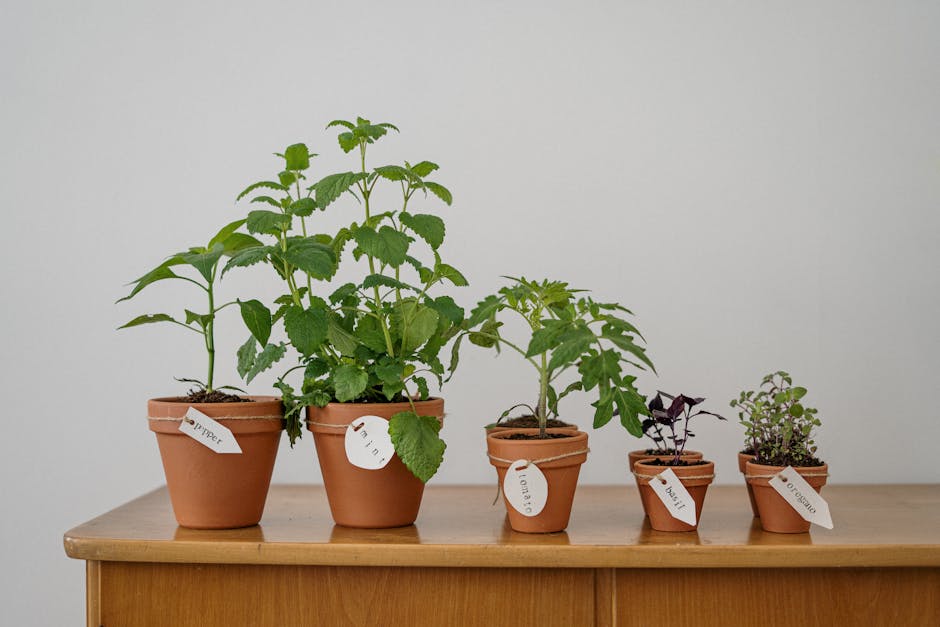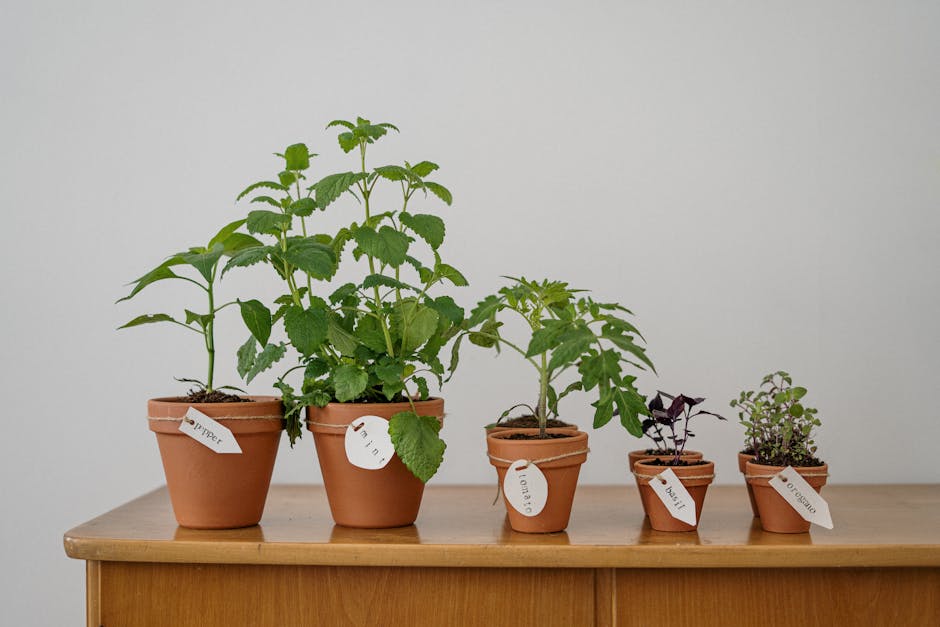Understanding the Importance of Soil Quality for Potted Lavender Plants

Lavender, with its vibrant purple flowers and soothing fragrance, is a favorite among gardeners. However, growing lavender in pots can be a bit tricky, especially when it comes to understanding the importance of soil quality. So, let’s delve into some soil and fertilizer tips for potted lavender plants.
Firstly, it’s crucial to understand that lavender plants are native to the Mediterranean region, which means they thrive in well-draining, slightly alkaline soil with a pH between 6.7 and 7.3. This is a bit higher than most other plants, which prefer slightly acidic soil. Therefore, when potting your lavender, it’s essential to create a soil environment that mimics its natural habitat.
One way to achieve this is by using a soil mix that includes coarse sand or gravel. This will ensure that the soil drains well and doesn’t retain too much water, which can lead to root rot, a common problem with lavender plants. You can also add a bit of lime to the soil to increase its pH level, making it more alkaline.
Now, let’s talk about fertilizers. While lavender plants aren’t heavy feeders, they do benefit from a bit of extra nutrition, especially when they’re grown in pots. A slow-release, balanced fertilizer with equal amounts of nitrogen, phosphorus, and potassium is a good choice. You can apply this at the beginning of the growing season to give your plants a boost.
However, be careful not to over-fertilize your lavender plants. Too much fertilizer can lead to excessive foliage growth at the expense of flowers, and it can also make the plants more susceptible to disease. A good rule of thumb is to fertilize sparingly and only when necessary.
Watering is another crucial aspect of caring for potted lavender plants. These plants are drought-tolerant and prefer to be slightly dry rather than too wet. Overwatering can lead to root rot and other problems. Therefore, it’s best to let the soil dry out between waterings. A good way to check if your plant needs water is to stick your finger about an inch into the soil. If it feels dry, it’s time to water.
Lastly, remember that potted lavender plants need plenty of sunlight. They should receive at least six hours of direct sunlight each day. If you’re growing your lavender indoors, place it near a south-facing window where it can get plenty of light. If this isn’t possible, you can supplement with a grow light.
In conclusion, growing lavender in pots can be a rewarding experience if you understand the importance of soil quality. By creating a well-draining, slightly alkaline soil environment, feeding your plants with a balanced fertilizer, watering sparingly, and providing plenty of sunlight, you can enjoy the beauty and fragrance of this lovely plant year-round. Happy gardening!
Top Fertilizer Recommendations for Thriving Potted Lavender Plants
Lavender, with its vibrant purple flowers and soothing fragrance, is a favorite among gardeners. This hardy plant is not only beautiful but also has a myriad of uses, from culinary to medicinal. However, growing lavender, especially in pots, can be a bit tricky. One of the key factors to consider is the soil and fertilizer you use. With the right combination, your potted lavender plants can thrive and bloom beautifully.
Firstly, let’s talk about soil. Lavender plants prefer well-draining soil. This is because they are native to the Mediterranean region, where the soil is sandy and quick to drain. If the soil in your pot doesn’t drain well, the lavender’s roots can become waterlogged and rot, leading to the death of the plant. Therefore, a good choice for potted lavender is a mix of two parts coarse sand to one part good quality potting soil. This will ensure that the water drains quickly and the roots of your lavender plant stay healthy.
Now, let’s move on to fertilizers. While lavender plants are not heavy feeders, they do benefit from a little boost of nutrients, especially when they are grown in pots. The best fertilizers for lavender are those that are high in phosphorus and low in nitrogen. Phosphorus promotes root development and flowering, while too much nitrogen can lead to excessive foliage growth at the expense of flowers.
A slow-release granular fertilizer with a ratio of 5-10-10 (nitrogen-phosphorus-potassium) is a good choice. This type of fertilizer will slowly release nutrients over several months, providing your lavender with a steady supply of the nutrients it needs to thrive. Apply the fertilizer in the spring, just as the lavender is starting to grow, and again in the summer, to support blooming.
Another great option is to use a liquid seaweed fertilizer. Seaweed is rich in trace minerals and hormones that promote plant growth. It’s also a natural source of potassium, which is essential for flower production. You can apply a seaweed fertilizer every two weeks during the growing season, from spring to fall.
Compost is another excellent source of nutrients for lavender. It improves the soil structure, increases its ability to hold water and nutrients, and provides a slow-release source of nutrients. Add a layer of compost to the top of the soil in your pot in the spring, just as the lavender is starting to grow.
In conclusion, the key to thriving potted lavender plants lies in the right soil and fertilizer. A well-draining soil mix and a fertilizer high in phosphorus and low in nitrogen, applied at the right times, can make all the difference. Whether you’re a seasoned gardener or a beginner, these tips can help you grow beautiful, fragrant lavender right in your own home. So, roll up your sleeves, get your hands dirty, and let the magic of gardening begin!

